Oleander Diseases: Identifying And Treating Symptoms
Unfortunately, the oleander is not completely disease resistant either. We show the most common diseases, their symptoms, and methods of control.
Oleanders ( Nerium oleander ) are very strong and resistant bushes. In countries like the USA or South Africa, they even grow invasively and displace native species. However, in a tub or pot, in which the plant has to be kept with us due to the cold winters, it is a lot more susceptible. The best prevention is definitely that your oleander is doing well. Because strong oleander also has a healthy immune system and is much more resilient.
If the leaves of the oleander turn yellow and fall off in summer, this is not a cause for panic. Oleanders like to carry out a complete renovation, especially in the hot season. Although the shrub is evergreen, its leaves also have to be replaced every two years. In this case, however, new leaves should be on the way. Other causes of yellow leaves can be a lack of water or light. It is presumably a disease if the leaves only change color in spots and the yellow leaves show brown patterns. We will list some of the most important diseases below.
Oleander Cancer: Symptoms and Control
Table of Contents
A common disease that unfortunately can affect all types of oleander is so-called oleander cancer. This is triggered by Pseudomonas bacteria, which get into the sap of the plant and spread there. The result is stunted and bursting buds and flowers, often turning black. Fruit stands do not develop on the infected shoots at all or only develop in a strangely crippled manner. Shoots also begin to develop or burst open. As a result, the branches become unstable and break off.
Fight oleander cancer:
- Cut back severely affected shoots radically.
- If the shoots are not so severely infected, at least remove the infected inflorescences and fruit clusters.
- Keep your cutting tool clean and disinfect it.
- Do everything to make your plant feel good. You can find tips on caring for oleanders here.
- Dispose of the waste in the household waste. In the compost, the bacteria would remain in the soil. Burning is also not an option as the smoke from oleander is poisonous.
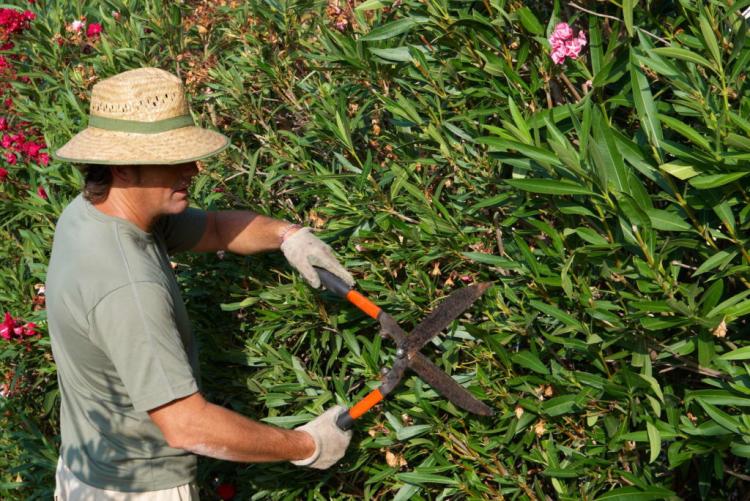
Unfortunately, there is currently no treatment for oleander cancer. However, older oleander bushes, in particular, can cope with an infestation if you contain it through targeted pruning.
Fire blight on the oleander: symptoms and control
Fire blight is a dangerous bacterial disease that affects both fruit and ornamental plants. Since it spreads quickly and is particularly dangerous for fruit trees, it is mandatory to report this disease. Depending on the federal state, the infestation with fire blight must either be reported to the state office or the state institute for agriculture. Information on this can be found on the websites of the regional agricultural offices in the respective countries. Individual leaves and inflorescences suddenly die starting from the stem and turn brown to black. Even so, they do not fall off the plant but stick to it. If you do not take any action, the plant will die within a few weeks.
You May Also Like Oleander Fertilizer
Measures to combat fire blight in oleanders:
- Rigorously cut back infected parts.
- Dispose of the resulting green cuttings well packed in the household waste; do not throw it in the organic waste bin or on the compost under any circumstances.
- Disinfect your cutting tools thoroughly with high percentage alcohol.
- Immediately separate the infested oleander from other fruit or ornamental trees in the area.
- Preparations with microorganisms can help to contain and prevent fire blight.
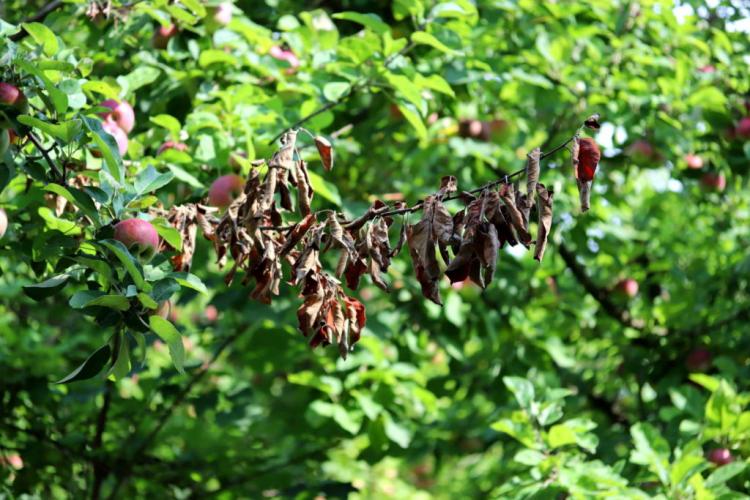
Dry rot in oleander: symptoms and control
Blight is caused by an Ascochyta -Pilz. Paradoxically, the reason is usually too high humidity or too much water from above. The oleander is particularly likely to be attacked in winter quarters, but rainy summers can also be a problem. Dense oleander bushes that do not dry out well are particularly susceptible.
Symptoms are brown and black spots on shoots and leaves. Particularly tender parts of the plant are attacked first. As the name “dry rot” suggests, affected areas look dry. The fungus gradually migrates to the base of the plant. If it has reached this, the oleander dies.
Measures to combat dry rot in oleanders:
- The infestation with dry rot can be prevented with fungicides.
- Rigorously cut off affected branches and shoots until the next unaffected fork in the branch; cut into the healthy wood; a spread to the base must absolutely be prevented.
- Pay attention to the hygiene of your cutting tools.
- Dispose of infected shoots in the household waste.
Gray mold on oleander: symptoms and control
The gray mold is less dramatic. It also occurs as a result of high humidity, i.e. in rainy summers or in winter quarters. However, mainly double-flowering species are affected, as these do not shed their flowers themselves. Therefore, remove all dried flowers from the shrub before moving them to the winter quarters and during long periods of rain. Gray mold only affects the inflorescences and does not pose a serious threat to the plant itself. However, it can destroy the bloom in the next year.
Sooty mildew on oleander: symptoms and control
Sooty mildew is called the phenomenon when black deposits form on the leaves of the plant. In itself, however, sooty mildew is not a disease, but a consequence of aphids or scale insects. The transparent and sticky honeydew they separate is colonized by fungi and turns black. This hardly harms the plant directly. However, the black discoloration hinders photosynthesis of the affected leaves and clogs the pores. However, sooty mildew can easily be wiped off with water. In stubborn cases, it is also possible to use a very dilute vinegar solution. You should take care of the lice, however, because they can cause great damage.
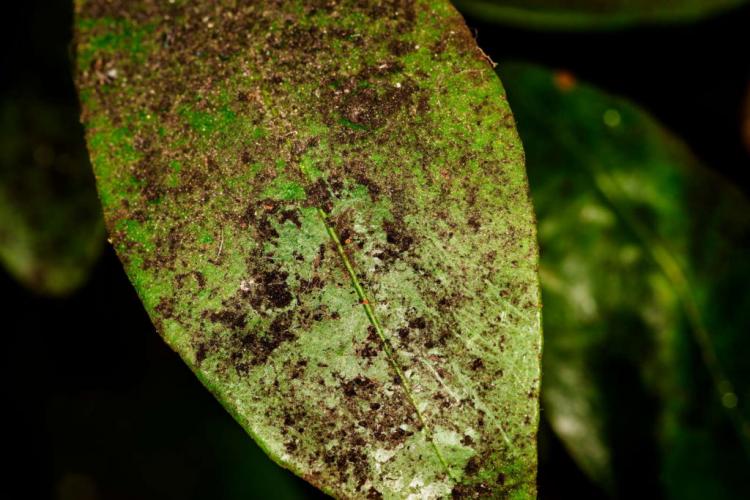
Find out here which pests occur on oleander and how you can take action against them.
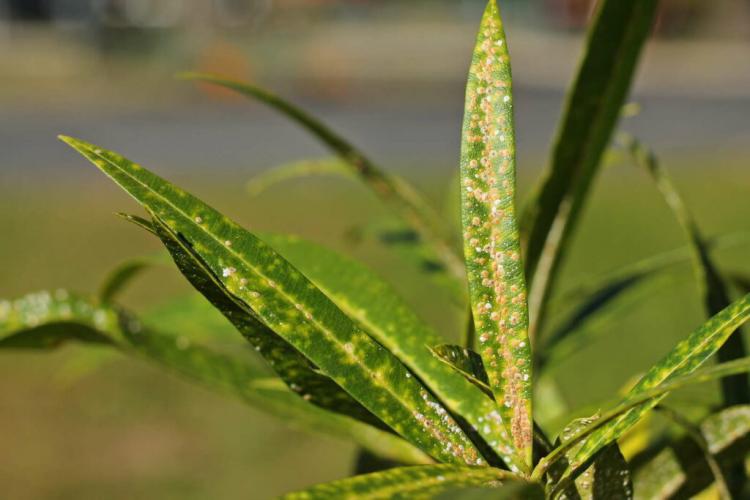
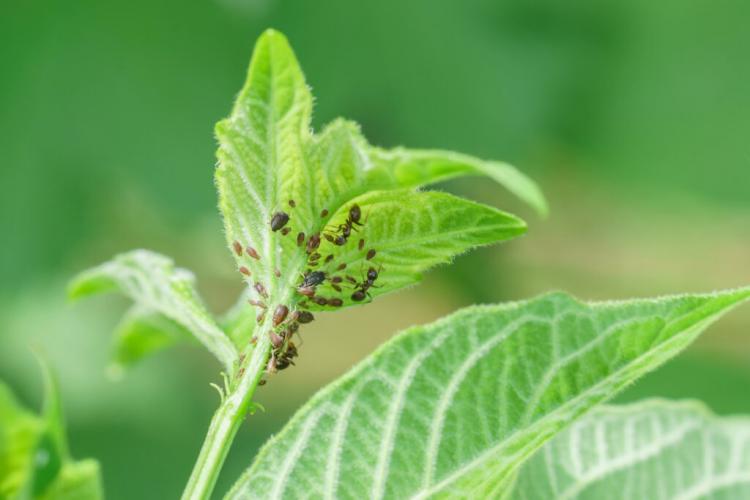
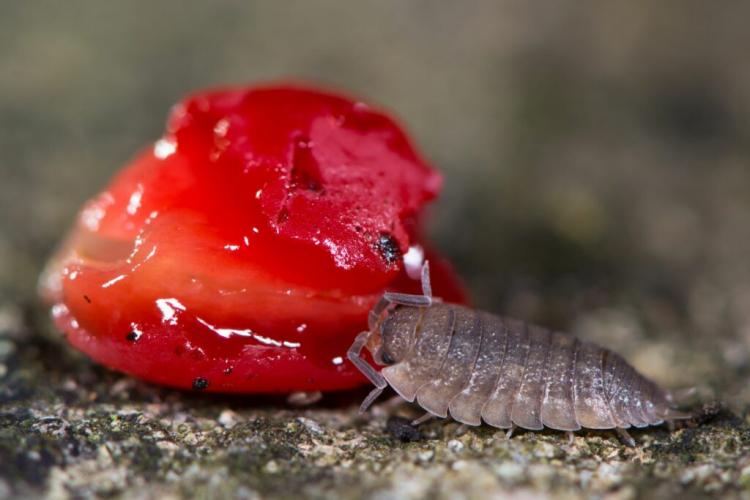


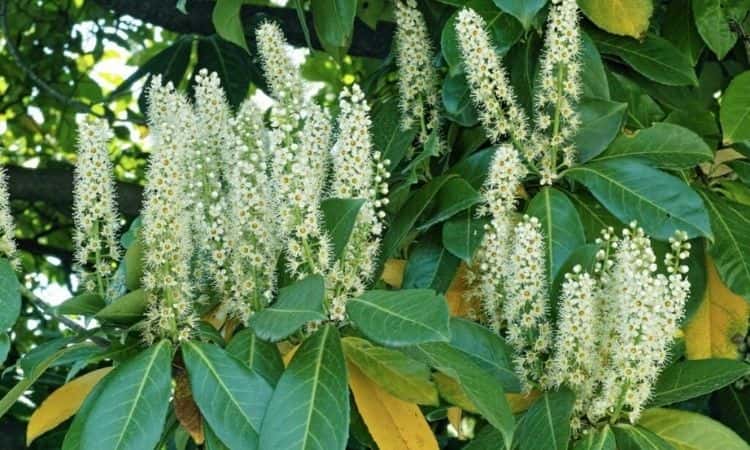

My plants are in large containers. I bring them inside in winter as I live in zone 5. This year being outside they have an orange/yellow pollen like substance on the blooms and leaves. Its sticky to the fingers after I rubbed it off. I don’t think its pollen as I’ve never seen this. I’ve had my plants for ten yrs. What can or should I do?